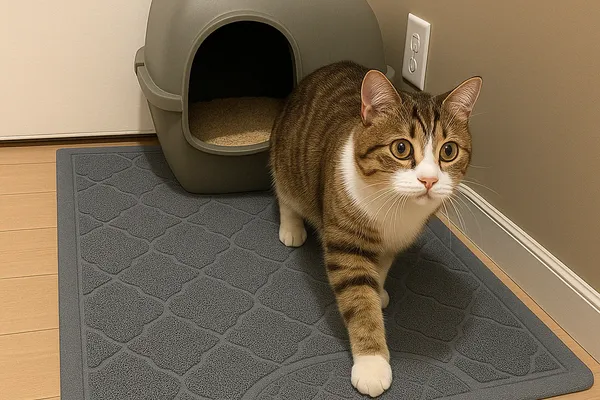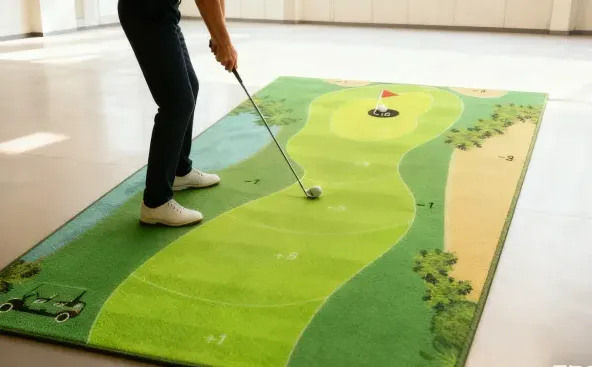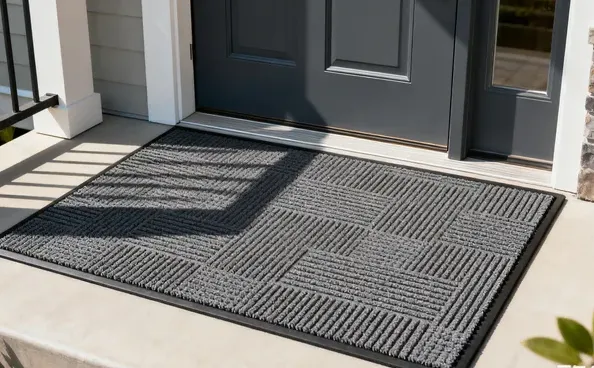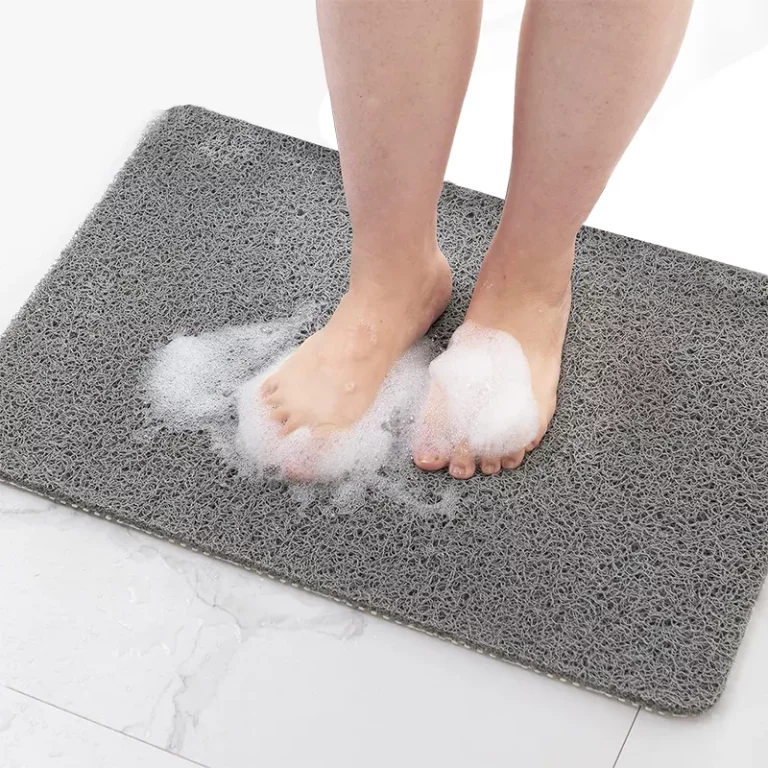I used to wonder whether practicing my golf swings on mats or real grass would be more beneficial. At first, I thought grass would provide a more authentic experience, but mats have their own advantages too.
Both surfaces have their unique benefits. Grass gives a true representation of outdoor conditions, but mats offer consistency and convenience. Practicing on mats can help refine your technique, while grass provides a more realistic feel for how your ball will react on a course.
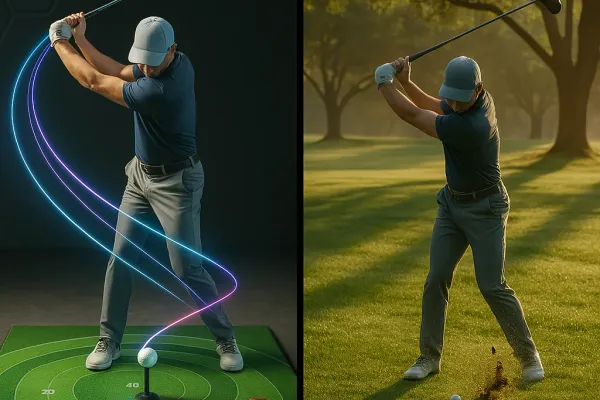
I’ve learned over time that both options have their pros and cons. Let’s explore the questions surrounding practice on mats versus grass to help you decide which is best for you.
Are golf practice mats worth it?
I’ve seen some golfers dismiss practice mats, assuming they’re not as valuable as practicing on real turf. But I found that using a high-quality golf mat can actually be a great way to work on my technique without needing to visit a course.
Golf practice mats are definitely worth it, especially for improving consistency and saving time. High-quality mats replicate the feel of the ground, so you can work on your swing in your own backyard or home. However, not all mats are created equal, so selecting the right one is crucial.
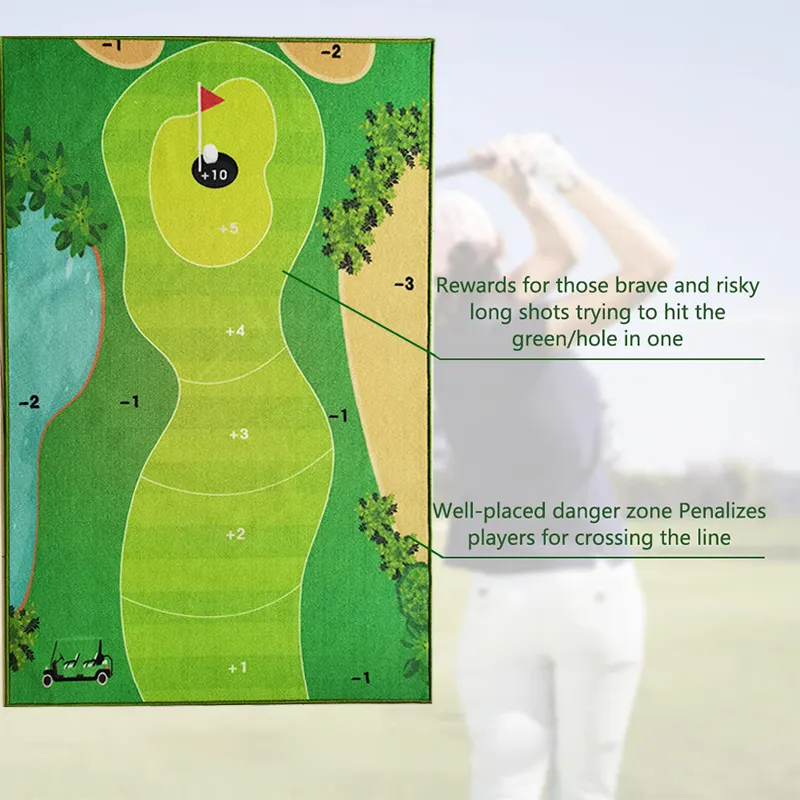
Understanding the Value of Golf Practice Mats
Golf practice mats provide an easy way to work on your game without worrying about the weather or course availability. For anyone who doesn’t live near a course or wants to practice at home, a mat is an essential tool.
1. Convenience and Consistency
The first reason why golf practice mats are worth it is their convenience. You can practice at any time, day or night, without leaving home. Whether it’s raining or sunny, you don’t need to worry about the condition of the grass or the weather disrupting your practice. The mats provide a consistent surface that’s always ready for your next swing, allowing you to focus solely on technique.
2. Durability
Many modern golf mats are made from durable synthetic fibers designed to withstand repeated impact. These mats mimic the feel of grass but are far more resilient. A high-quality mat can last for years of regular use without showing wear and tear, which makes it a cost-effective investment in the long run.
3. Swing Mechanics
Practicing on a mat can help improve swing mechanics1 since it allows you to focus on your form rather than environmental factors like uneven ground or wet conditions. Some mats even have built-in alignment guides, which helps you position your shots more accurately.
While it may not completely replicate every aspect of practicing on grass, a good quality mat offers a practical and effective solution for refining your swing.
What to look for in a golf practice mat?
When I was first shopping for a golf practice mat, I didn’t realize how many factors could make one mat better than another. After testing a few options, I found that quality, durability, and functionality matter a lot.
When looking for a golf practice mat, focus on the material, size, and durability. It should provide a realistic feel, be easy to maintain, and replicate the conditions you’ll face on a real course.
Key Features of a Good Golf Practice Mat
선택하기 the right golf practice mat involves more than just price or appearance. A quality mat can make all the difference in your practice routine. Here are some features to look for:
1. Material Quality
Look for mats made from high-quality synthetic grass fibers like nylon or polypropylene. These materials closely replicate the feel of actual turf, giving you more realistic feedback from each shot. A good mat should offer some resilience, but it should not be too hard or too soft. The ideal mat mimics grass while providing enough cushioning to avoid damaging your clubs.
2. Thickness and Padding
A thicker mat with sufficient padding absorbs the impact of your clubs, making it feel more like hitting off real grass. Mats with extra cushioning protect your wrists and elbows from strain, especially when practicing for longer periods. A thicker mat also reduces the chances of your clubs making contact with the hard surface underneath, which could cause damage.
3. Surface Texture and Feel
The texture of the mat is important for accuracy and consistency. Look for mats that offer both a fair simulation of grass and a durable surface that won’t tear after repeated use. Some mats even feature different textures for chipping, putting, and full swings, allowing you to practice a variety of shots.
4. Size and Portability
Consider the size of the mat. A larger mat gives you more space to practice, but it’s also more difficult to store. If you have limited space, a smaller, portable mat may be a better option. Make sure the mat is lightweight and easy to move around if you plan to use it indoors or take it outside.
5. Stability
Ensure the mat is stable and doesn’t slide around during use. A rubber backing or non-slip surface will keep it in place as you swing, reducing distractions during practice.
By focusing on these features, you can find a mat that fits your needs and maximizes the benefits of your practice sessions. When I found the right one for me, it made practicing at home both more efficient and enjoyable.
Do mats damage golf clubs?
I once wondered whether practicing on a mat would hurt my golf clubs. I had heard that mats could be harsh on the club heads, especially with repeated use.
품질 golf practice mat2 won’t damage your clubs if you use it properly. However, low-quality mats or mats that are too hard can increase wear on your clubs over time. Look for mats with proper cushioning to protect your gear.

How Mats Impact Golf Clubs
The impact of practicing on a mat on your golf clubs depends largely on the type of mat you use. Low-quality mats or those made of hard materials can cause excessive wear on your clubs, especially if they’re not cushioned enough to absorb the impact. Over time, this could lead to scratches or dents on the club head. However, if you use a quality mat designed for golf practice, this shouldn’t be an issue.
1. Cushioning and Club Protection
A good golf practice mat absorbs the impact of the swing, reducing the risk of damage to your clubs. Mats that feature thick layers of padding or synthetic turf fibers allow the club to make contact with the surface in a way that mimics real grass. When you strike the ball, the mat should “give” a little, reducing shock to both your wrists and the club.
2. Mats with Proper Support
Choose mats that are built to handle the type of practice you plan to do. If you’re hitting iron shots, look for a mat with sufficient thickness to support the impact without damaging the club. Some mats have built-in shock-absorbing layers, which make them even safer for your clubs.
3. Club and Mat Compatibility
Not all mats are created equally. Some are designed specifically for short iron shots, while others are meant for full swings. If you practice on a mat designed for irons, full-swing clubs could experience more wear. Make sure to pick a mat that suits the type of practice you want to focus on.
4. Maintain Your Clubs
Even on high-quality mats, regular maintenance is essential. Clean your clubs after every session to remove any debris or dirt that might have accumulated on the mat. Also, inspect your clubs regularly for wear, especially on the club face and shaft.
By selecting a high-quality mat, I’ve been able to practice without worrying about damaging my clubs. As long as the mat has a cushioned, realistic surface, you should be able to focus on improving your swing without worrying about your equipment.
What size is a golf hitting mat?
I remember the first time I bought a golf practice mat. It was too small, and I felt cramped during my swing. I realized that size matters, especially when practicing full swings.
Golf hitting mats come in various sizes, typically ranging from 3 feet by 5 feet for smaller, portable mats to larger 5 feet by 10 feet mats for more expansive practice spaces. Larger mats give you more room for full swings, while smaller ones are great for chipping and putting.
Choosing the Right Size Golf Hitting Mat
Selecting the right size for your golf practice mat is crucial for a comfortable and effective session. A mat that’s too small may limit your range of motion, especially when practicing full swings. Here’s a breakdown of common mat sizes and what they’re best for:
1. Compact Mats (3’ x 5’)
Smaller mats are great for limited spaces or portability. If you only have room for a small mat indoors, or if you like to take your practice mat outdoors, a compact size works well for shorter practice sessions. These mats are best for chipping, putting, or half swings, but they might not provide enough space for a full, unrestricted swing.
2. Standard Mats (4’ x 6’ or 5’ x 5’)
A standard mat is the middle ground. It offers enough space for most golfers to practice full swings comfortably, while still being compact enough to store easily. I’ve found these to be the ideal size for a variety of practice types, from driving to short game.
3. Full-Size Mats (5’ x 10’ or Larger)
Full-size mats provide ample space for golfers to practice with a natural stance. They are large enough to allow for full swings without worrying about running out of space. These mats are ideal for those with dedicated practice areas, like a garage or backyard. If you’re serious about practicing at home and have the space, a large mat is a great investment.
4. Specialized Mats
Some mats come in specialized sizes to simulate various lie conditions, such as uphill or downhill shots. These mats often have built-in features to recreate real-world scenarios, allowing you to refine specific techniques.
When I upgraded to a standard 4’ x 6’ mat, I found that I had much more room for a complete swing. The extra space allowed me to practice more comfortably, mimicking the freedom of a full golf course.
결론
Both PVC and rubber golf practice mats offer incredible value for golfers looking to improve their game. By selecting the right mat size, ensuring durability, and choosing a high-quality material, you can create an effective practice environment that enhances your technique without damaging your clubs.

